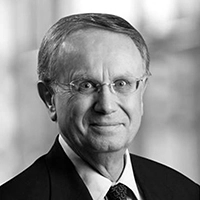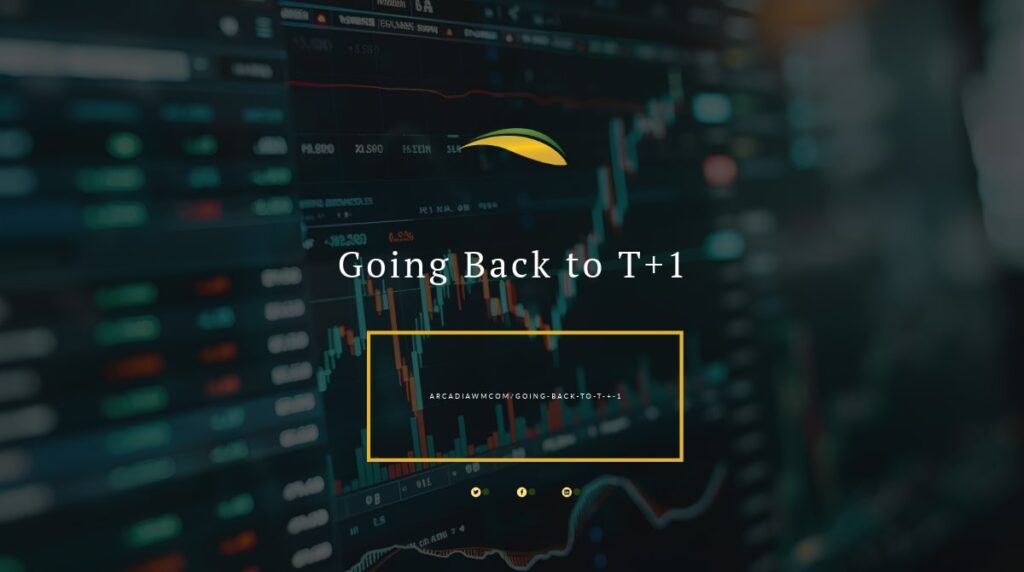A Silicon Valley Bank (SVB) client, a depositor for two companies and his own account, recently described the bank’s rapid descent to insolvency in a Twitter post. Excerpts of his post recall events on the morning of March 9, “Thursday, 9 AM: in one chat with 200+ tech founders (most in the Bay Area), questions about SVB start to show up. 10 AM: some suggest getting the money out of SVB for safety. Only upside. No downside.”1
Journalist Elizabeth Spiers opined that SVB depositors, many of whom were highly successful Silicon Valley entrepreneurs, “could have chosen to remain calm and use their
influence to work with the bank and help maintain stability in the market.” SVB was working to restructure its portfolio and could have stabilized if the depositors had kept
their money there. But instead, a bank run commenced, as SVB’s panicked depositors, “a very tightly knit group of investors who exhibit herd-like mentalities,” rushed to withdraw their deposits, and SVB collapsed.2
What Is Herd Behavior?
Herd behavior has acquired a bad reputation for good reason, but it can be smart if each member of the herd follows the others to safety. For example, when gazelles in a herd see one of them gallop suddenly and fast, the rest instinctively follow the galloping gazelle as quickly as possible, even if they don’t see the lion crouching in the grass. Each gazelle knows the lion will likely pounce on the slowest among them, so herd behavior usually saves their lives.
Under certain conditions, herd behavior in banking can also be rational. The Federal Deposit Insurance Corp. (FDIC) insures bank deposits up to $250,000. Most depositors hold less than this limit, assuring the safety of their deposits, even if their ability to make withdrawals is delayed somewhat. There is little reason for them to rush.
I was one such depositor in the financial crisis of 2008-2009. My checking account was at California-based Downey Savings and Loan when it collapsed. The FDIC arranged for another bank to take over Downey, so I’ve been a customer of that larger bank ever since. I suffered a bit of inconvenience as I had to memorize a new account number and use a different checkbook. But that was it.
Accounts at SVB were different. Only 6% of them held $250,000 or less. Many held millions.3 None of SVB’s depositors could have been sure the government would extend its insurance to all deposits. Therefore, depositors with more than $250,000 in their SVB accounts could be viewed as smart for having joined the herd and running to withdraw their money faster than others. But their combined panic doomed the bank.
Journalist Emma Goldberg shared the story of Sara Mauskopf, who was among the slow runners.4 Mauskopf is the chief executive of Winnie, a start-up that connects families needing child care to child-care providers. All her company’s money was in an SVB account. Getting into her car for a drive to a San Francisco meeting early Thursday morning, she saw an email from one of her investors saying there would be a run on SVB, and depositors were rushing to withdraw their money.
“I wanted to assess: Is this an emergency, like, drop everything? Or is this like, I can wait and continue about my day?” Mauskopf said. Her SVB branch was locked when she arrived early Friday morning and the FDIC notice on the bank’s door said the bank was closed.
Perhaps the SVB depositors should have gotten together, calmed down one another, and agreed that no one would run to withdraw their deposits. Such agreement would have been more likely than agreement among gazelles and lions that lions should turn vegetarian, but not by much. Instead, the government provided that agreement in the form of closing SVB on Friday and assured its depositors they would be able to withdraw all their deposits by the following Monday.
Making Depositors Whole
Was the decision to extend deposit insurance to all deposits the right decision? Federal Reserve Chair Jerome Powell, Treasury Secretary Janet Yellen, FDIC Chair Martin Gruenberg, and National Economic Council Director Lael Brainard considered choices during the week preceding SVB’s collapse. Should they employ a federal law that permits a “systemic risk exception” allowing the FDIC to guarantee deposits beyond the $250,000 limit per customer?
Gruenberg was reportedly reluctant to use the exception at first. He wanted more evidence that the extension of deposit insurance was warranted.5 Would extending insurance to SVB and Signature Bank depositors stop runs on other banks? Would such an extension require taxpayer money?
As events unfolded, however, it became clear to the officials that extending insurance was the only realistic option. An opposing view came from Thomas Hoenig, former FDIC vice chairman, who said “You now really have this issue of the government being the ultimate protector of all deposits. What you’ve done with very good intentions is you’ve removed market discipline as a preventative to unsafe and unsound practices.”6
Time will tell if this option was indeed the best decision or if new policy will aim to prevent similar situations in the future.
Endnotes
1. Elizabeth Spiers, “I was an S.V.B. Client. | Blame the Venture Capitalists,” New York Times, March 16, 2023.
2. Spiers, New York Times.
3. Christine Zhang, David Enrich, Karl Russel, and Ella Koeze, “Why People Are Worried About Banks,” New York Times, March 18, 2023.
4. Emma Goldberg, “48 Hours Till Payroll, $200,000 to Go: Diary of a Bank Failure,” New York Times, March 18, 2023.
5. Ackerman, et al., Wall Street Journal.
6. Andrew Ackerman, Andrew Duehren, and Rebecca Ballhaus, “Why Top Washington Officials Chose to Rescue SVB, Signature Depositors,” Wall Street Journal, March 16, 2023.
Download a PDF of this article
Download the April 2023 Market Review
This article was provided by Avantis Investors and we have been given permission to share this information with our clients and potential clients.







